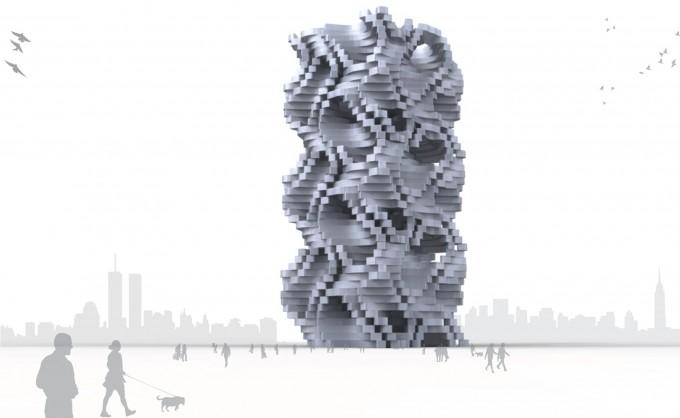By Noushin Ziafati
The interior design curriculum is going to go through a major shift in the next two to three years across all of North America, according to assistant professor of interior design Jonathon Anderson.
That shift is attributed to new technologies that are becoming more readily available, such as computer numeric controlled routers, 3D printing, laser cutters, advanced digital software and scripting software.
“So there’s a technical knowledge that has to be gained. But I think that [these new technologies] … are tools. There still takes a certain level of applied creative thinking that needs to happen to approach a design situation or design problem with a computer or with the fabrication,” Anderson said.
Anderson does not find these tools more useful — he finds them more technologically advanced. He still uses things like table saws and band saws on a regular basis.
But he believes that with these new tools comes the ability to realize designs that were considered too complex or costly in the past.
“I definitely think there’s added value in kind of reducing costs. Looking back to a very analog process of drafting design that takes a lengthy time and it also doesn’t allow for many iterations or processes to be explored at one time,” he said. “[Whereas with] digital tools, technology allows for the iterative process to happen much quicker, which can lead to innovation and I think also changing the traditional or expected norms of what interior design is.”
There also becomes a shift in the number of faculty that are interested in how these technologies can change or alter the way that the field of interior design is investigated, he said.
“I think it’s incredibly important that faculty members adapt and look at the opportunities that exist with these new forms of technology.”
Anderson said that he is constantly looking at how digital technologies influence the creative process, both in the design and in the making of any project.
A lot of his classes are based around advanced uses of technology.
“I’m going to be kind of restructuring the communication sequence within the interior design curriculum,” he said. “With that being said, I’m going to be looking at using advanced programs like Rhinoceros, which is [a] 3D modeling software, and integrating 3D printing, laser cutters, [and] fancy routers into the curriculum.”
Anderson believes that these new tools give students a greater sense of control over their design and they also provide a certain level of complexity.
“Students want this technology — they’re really thirsty for it. I think they see the opportunity and want to capitalize on it. They’re looking for the next thing. I don’t think the new technologies are necessarily the next thing, but they’re one step closer towards looking at advancing what interior design is going to be in the future,” he said.
Innovations in Landscape Architecture, Anderson’s upcoming book, also looks at digital technologies, but in the context of landscape architecture.
“It is looking at how technology and things like robotic arms and 3D printers are changing the field of landscape architecture and positioning it to have a greater conversation with other fields like architecture, interior design, [and] graphic design,” he said. “It’s looking at that forward advancement that’s currently happening with landscape architecture, or that forward trajectory.”
He said that a few chapters in the book would be very relevant to his classes and also the field of interior design.
“I will be pulling those out, as excerpts that can be used within my classroom in furthering the conversation that we’re having day to day.”










Leave a Reply